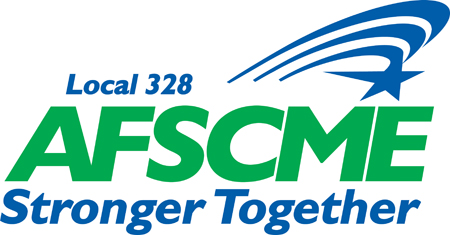OHSU's Latest Wellness Survey Shows Concerning Results
On September 1, OHSU’s COVID-19 Wellness Task Force released the results of its most recent wellness survey. As everyone who’s been working through the pandemic can probably guess, the results are grim.
Survey respondents had an average score of 2.68 on the Mayo Well-Being Index, with more than 68% reporting a score of 2 or higher. (A score of 2 on this index indicates an increased risk of burnout, fatigue, poor quality of life and suicidal ideation.) Among nurses, 74% were above this threshold, and 59% of physicians were. OHSU’s report doesn’t mention how our members are doing in this regard, even though employees represented by Local 328 made up more than 40% of the survey respondents.
This latest survey showed the highest level of work-to-family conflict, indicating that workers are so emotionally drained from work that they’re having trouble contributing to their families. Perceived support from supervisors and coworkers has decreased from the prior survey. More than 20% of respondents agreed or strongly agreed that they intend to quit their jobs.
Disturbingly, these survey responses are from before mid-June, before the current COVID-19 surge that has been wearing down our coworkers on the frontlines. We don’t have to imagine how much worse it is now, because our union hears concerns from our members every day. Our members tell us about safety concerns, extreme short staffing, overtime abuses and more, all while watching their nurse coworkers be rewarded — deservedly — while Local 328 workers are ignored. Our union has communicated with and pushed on OHSU leaders to recognize our members, but those attempts have been brushed aside so far.
The top concerns of survey respondents were COVID safety, mental health, job stability, work stress and family health/safety. Recommendations mentioned in the full survey report (downloadable here) include consideration of:
Enhanced staffing models to help reduce workload
Reprioritization/reduction of work tasks to support better work-life balance
Access to essential needs such as food, respite spaces and safe work spaces
Access to timely, high-quality counseling services (during work hours if needed)
OHSU’s post about the survey results mentioned the ways that the wellness task force used the survey results to develop ways to support employees “during the early phases of the pandemic.” What about now? The post concludes with a statement of thanks, but no information about what OHSU is currently doing or plans to do to help its workers who continue to suffer from extreme levels of stress and burnout.
For 20 years, OHSU’s leaders prioritized buildings, profits and prestige. They did this on our backs, by cutting staffing to a minimum, reducing benefits and suppressing wages. This has resulted in a workforce that has become more transient, poorer and less stable in general. While OHSU’s gamble may have worked during boom times, the stresses and devastation of the pandemic have revealed that a system that prioritizes profits over people in almost every situation cannot endure. Our mission as workers in health care, education and research is to take care of people and build a safer and healthier world. Does OHSU’s current model help us fulfill that mission?
If you’re struggling right now, please know that you are not alone. Health-care workers and other essential employees all over the world feel like you do right now. It’s okay if you need help to get through this. We have access to anemployee assistance program that can help you access mental-health resources if you need them — just call (800) 433-2320 any time, 24 hours a day, 7 days a week.
